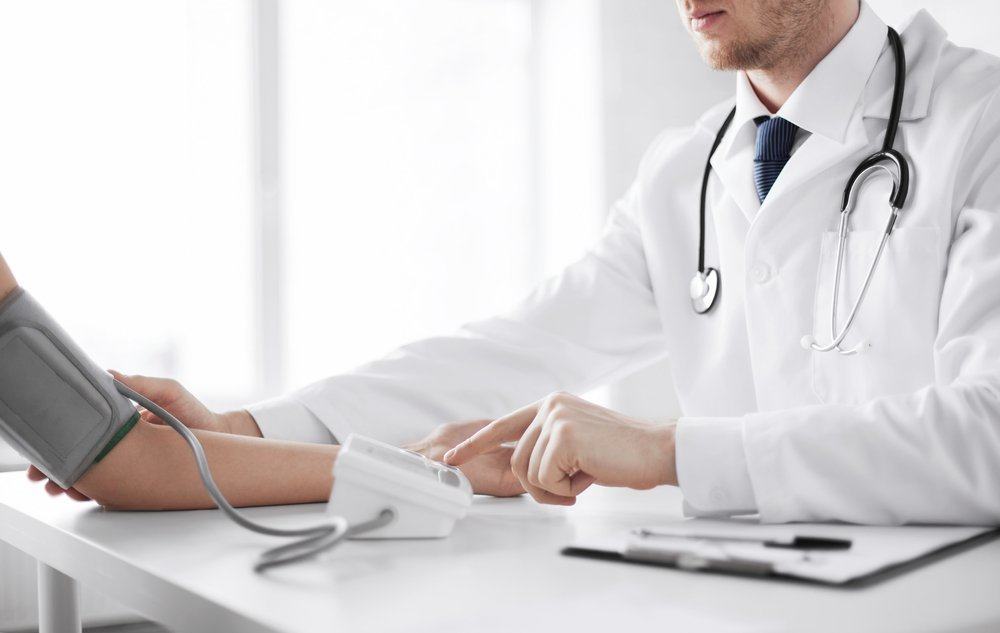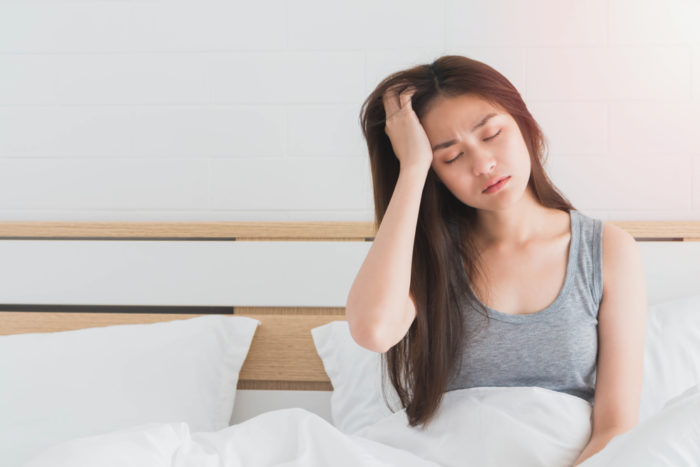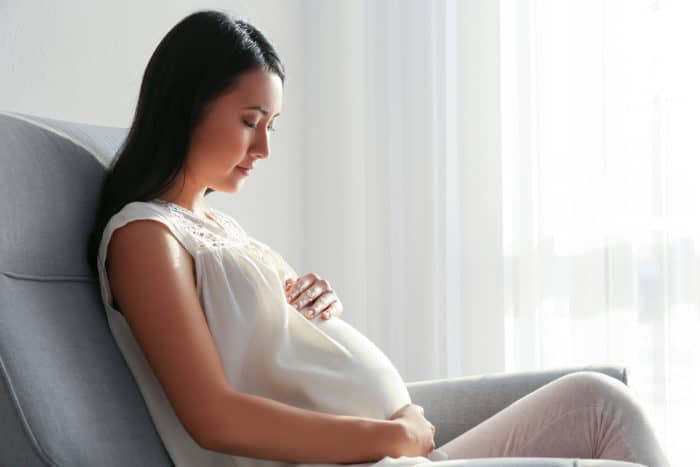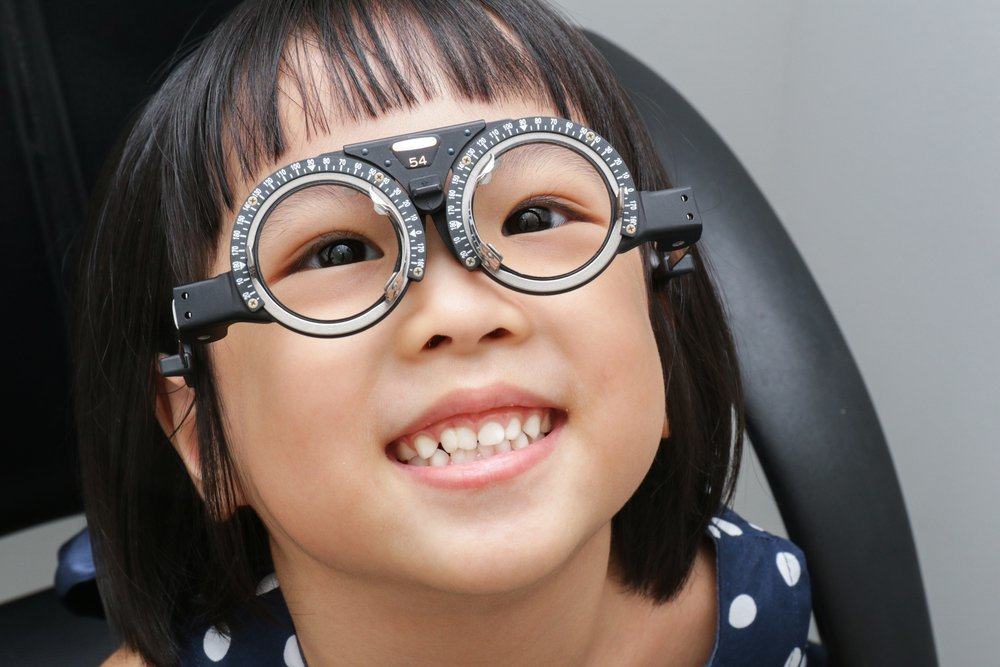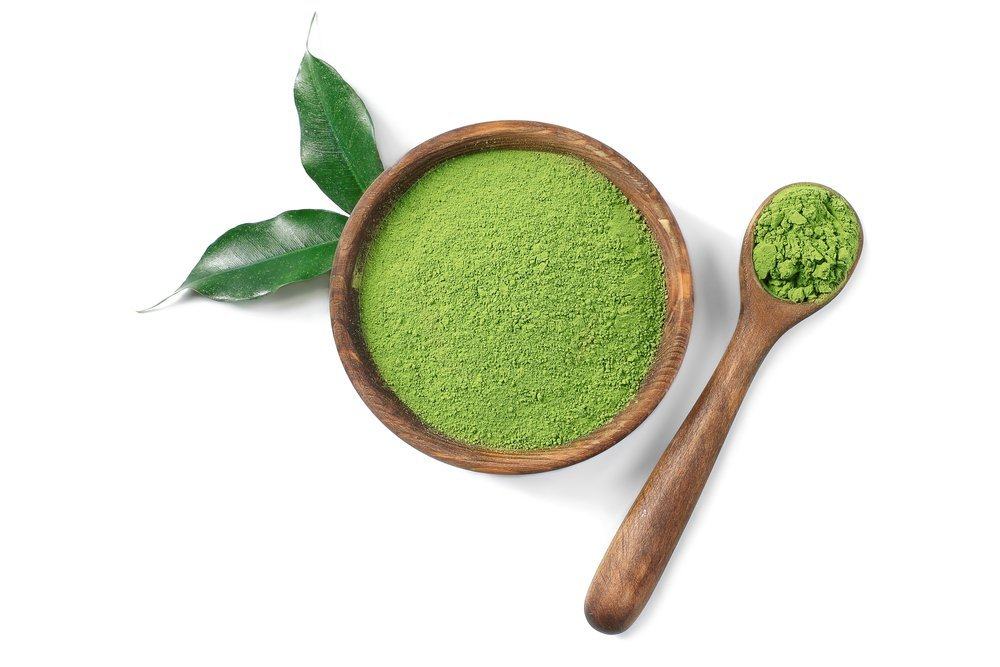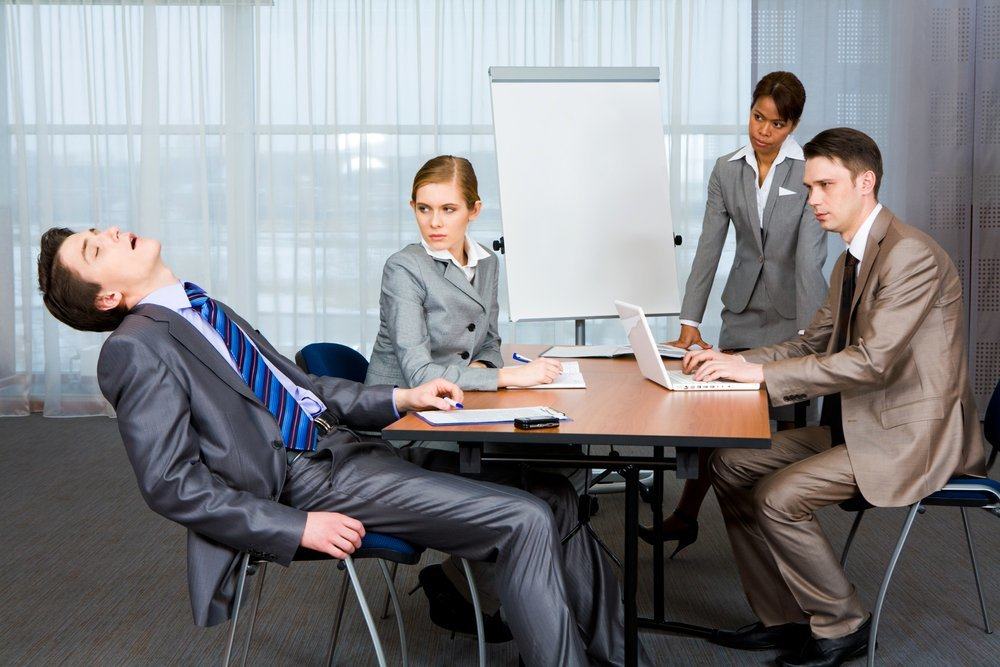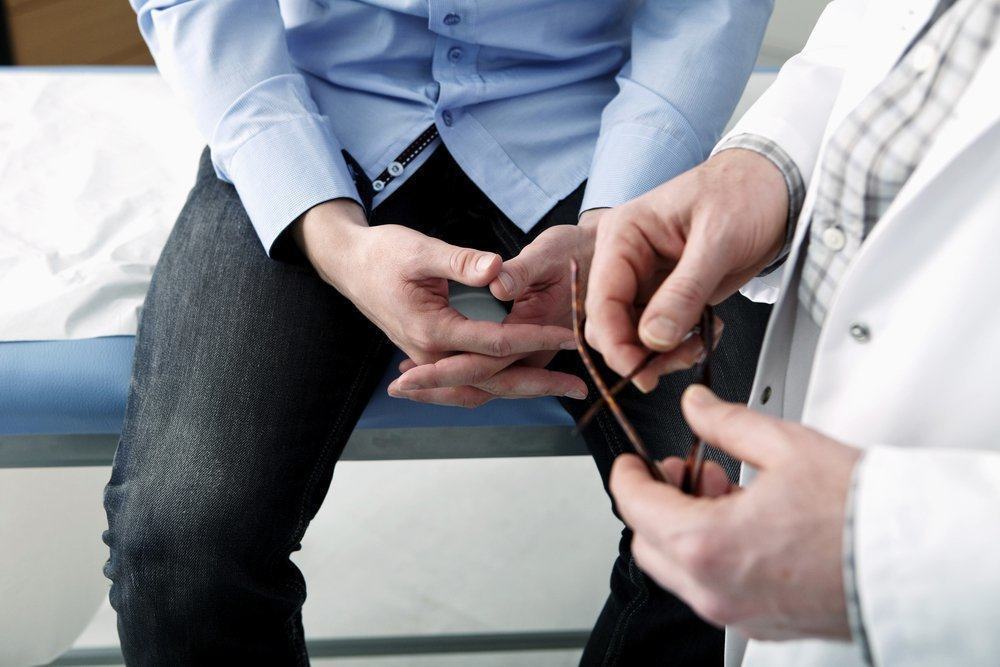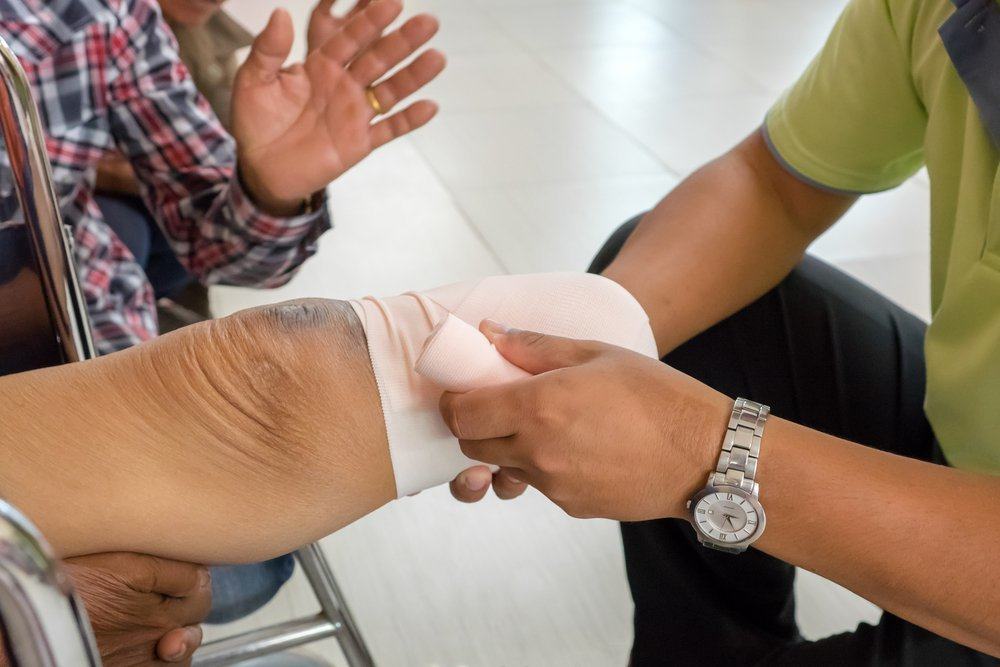Contents:
- Medical Video: Concerns with Low Blood Pressure
- What is low blood pressure?
- How do you know low blood pressure or not?
- What are the characteristics of low blood pressure that often occur?
- Various characteristics of low blood pressure depend on the type
- 1. Low postural blood pressure
- 2. Low postprandial blood pressure
- What causes low blood pressure?
- 1. You are pregnant
- 2. Heart disease
- 3. Changing hormones
- 4. Dehydration
- 5. Are taking drugs
- How to prevent and treat low blood pressure?
- 1. Increase fluid intake
- 2. Increase sodium (salt) intake
- 3. Avoid alcoholic drinks
- 4. Check your medication
- 5. Avoid standing too long
- 6. Use compression socks
- 7. Take medication
- 8. Other things that need attention
Medical Video: Concerns with Low Blood Pressure
Often feeling dizzy and tired when not doing excessive activity, it could be a sign that you have low blood pressure. For some people, low blood pressure can cause fainting. When is someone declared to have low blood pressure? What are the symptoms that show low blood pressure?
What is low blood pressure?
Low blood pressure is a condition of blood pressure that results when the heart pumps blood throughout the body below the normal pressure limit. When blood flows through arteries, blood puts pressure on the arterial wall.
That pressure is assessed as a measure of the strength of the blood flow or called blood pressure. If the blood pressure in the arteries is lower than normal, it is usually called low blood pressure or hypotension. This also means that the heart, brain and other parts of the body do not get enough blood.
Normal blood pressure, size 120/80 mm Hg. Some experts say that low blood pressure is in the systolic size of 90 (the first number) and the distolic size is 60 (the second number).
Sudden changes in blood pressure are also dangerous because they can cause severe dizziness, because the brain fails to receive enough blood flow.
How do you know low blood pressure or not?
To find out if you have low blood pressure or not, you need to take a blood pressure measurement. When you make a blood pressure measurement, two numbers will appear.
The first number (the number that appears at the top) shows systolic pressure, which is the pressure on the arteries when the heart contracts (when the heart pumps blood). While the second number (the number that appears below) indicates diastolic pressure, which is the pressure on the arteries when the heart relaxes (when the heart is filled with blood).
If the test results are 90/60 (90 mm Hg per 60 mm Hg), that means you have low blood pressure. There are various kinds of things that cause low blood pressure, such as pregnancy, allergies, psychological factors, or heart problems.
Although not all low blood pressure is a serious condition, you still should not underestimate it. In fatal cases, low blood pressure can cause death.
What are the characteristics of low blood pressure that often occur?
Low blood pressure is sometimes interpreted as a sign of not enough blood flowing in the brain and other vital organs, so that it can cause several symptoms such as:
- Headache or body feels light
- Fainted
- Blurred vision
- Heart rate is faster than normal and the rhythm becomes irregular
- Feeling confused
- Nauseous or feeling unwell
- Weak
- Feeling cold
- Pale skin (pale due to illness)
- Feeling thirsty or dehydrated (dehydration can also be a cause of decreased blood pressure)
- Difficulty focusing or concentrating
Various characteristics of low blood pressure depend on the type
There are some people who always experience low blood pressure. There are also people with chronic low blood pressure but the condition of the body does not show any symptoms.
This condition is usually almost never a serious disorder. Blood pressure decreases because the brain lacks adequate blood supply. Everyone has a different type of blood pressure. Here are some types of low blood pressure:
1. Low postural blood pressure
The type of postural blood pressure is common, caused by changes in position. It usually occurs when you stand up quickly from a sitting position or after lying down lying down.
Believe it or not, gravity can make your blood flow to your feet when you suddenly stand up. Your body tries to increase the heart rate and blood vessel constriction, so that the blood supply can return to the brain.
When this happens, you will experience the characteristics of low blood pressure:
- Headache
- The body feels light like floating
- Blurred vision
- Worse, you can faint
Is the cause just because of gravity? Of course there are other triggers, such as dehydration, long rest, pregnancy, heart problems, very hot conditions, enlarged varicose veins, diabetes, and neurological disorders.
Not only that, this postural type blood pressure can also occur due to the influence of drugs. When you are diagnosed with high blood pressure, the medication used to treat high blood pressure can dramatically reduce low blood pressure.
2. Low postprandial blood pressure
Postprandial blood pressure is a unique condition, because this blood pressure occurs after eating. Why is that so, shouldn't it be after our meal is energized because it gets more nutrients?
Look, after eating blood flow in the body will flow more to your digestive tract. Similarly, when you stand up, blood collects on your feet. Your body tries to fight this by increasing your heart rate to remain normal.
But the body's efforts are not always successful, so when you fail, you will feel a dizzy head, feeling faint, or even falling.
This type of low blood pressure is common in people with high blood pressure who are on medication, or someone with a nervous system disorder such as Parkinson's disease.
One way to overcome this is to reduce the dose of the drug, eat small portions (but several meals), and snack on low-carbohydrate foods.
What causes low blood pressure?
1. You are pregnant
During pregnancy, blood circulation in the body develops very quickly, different from normal conditions or when not pregnant. This happens because during pregnancy there are hormonal changes that cause blood vessels to dilate, and blood pressure decreases.
Blood pressure begins to fall in early pregnancy and is usually common in the second trimester of pregnancy. Always check blood pressure and pay attention to its characteristics. Later the doctor will treat and prescribe pregnant mother medicines that are safe for the mother and fetus.
2. Heart disease
In patients with heart disease it is easy to find low blood pressure. This condition may also be found in patients with heart failure and heart attacks. This is caused by blood that cannot be pumped properly by a troubled heart, resulting in a decrease in blood pressure.
3. Changing hormones
Health conditions are often influenced by our body's hormones. One thing that can happen is low blood pressure, but this low blood pressure is associated with Addison's disease.
Addison's disease is a disease in which the body's immune system attacks and damages the adrenal glands. Addison's disease attacks two small-sized glands that are above the kidney.
These two glands are glands that produce hormones that control blood pressure and maintain the balance of salt and water in the body. Low blood pressure also occurs when the adrenal glands are damaged, for example if an infection or tumor occurs in the gland.
4. Dehydration

Dehydration occurs when your body lacks fluids. Because the main composition of blood is water, then when fluid volume decreases it will affect blood volume too. Thus, this condition decreases blood volume in the arteries and veins and causes low blood to occur.
People with low blood pressure conditions are advised to always consume enough mineral water as much as 2 liters a day or can also consume foods that contain lots of fluids.
5. Are taking drugs
If you are taking certain drugs, you can also get low blood pressure. Usually if you experience certain pain, you are rarely aware of this condition. Some drugs that can affect include alpha blockers, beta blockers, and antidepressant drugs.
How to prevent and treat low blood pressure?
1. Increase fluid intake
Fluid can increase blood volume and prevent dehydration, which are both very important for handling hypotension.
Drink at least 8 glasses per day plus foods that contain lots of water such as vegetables and fruit. More fluids will increase blood volume, thereby increasing blood flow in the arteries.
2. Increase sodium (salt) intake
Sodium is a mineral available in salt. In addition to salt, vegetables, fruit, and sports drinks also contain sodium which can be a source of sodium intake for people with hypotension.
Foods or drinks that contain sodium are actually available in various sources because most types of food do contain salt.
3. Avoid alcoholic drinks
Hobbies of drinking alcoholic beverages can lead to dehydration or lack of fluids. The more fluid you lose from your body, the lower your blood pressure. Avoid using alcohol, especially if you have a history of low or high blood pressure.
4. Check your medication
Certain drugs can indeed make your blood pressure decrease. So, pay attention to the symptoms of low blood pressure especially after taking certain medications. Consult your doctor about taking this drug. If necessary, the doctor will adjust the dosage or type of drug.
5. Avoid standing too long
Standing for too long can prevent the occurrence of blood pressure becoming lower which is affected by nerve conditions. There are some people who experience low blood pressure with the type orthostatic hypotension.
In this condition, the person when standing at least 3 minutes can experience a decrease in systolic blood pressure of 20 mmHg and a diastolic 10 mmHg compared to their blood pressure when sitting or lying down.
So, people who have low blood pressure with this condition must reduce standing activity. In addition, you should avoid standing suddenly from a sitting position. Take a deep breath then stand slowly.
6. Use compression socks
This method is called compression stocking, which is the use of elastic and tight socks or tight pants. The purpose of this method is to provide extra pressure on the legs to the lower abdomen.
The emphasis is on these socks so that it can improve circulation and increase blood pressure. However, this method must be consulted with a doctor first because not everyone complies with this method.
7. Take medication
There are several medicines that are specifically for cases of low blood pressure. How the drug works is to increase blood volume or narrow the arteries. So that later blood pressure will increase because there will be more blood flowing through a smaller space.
The following are drugs to treat low blood pressure, but the use must be based on a doctor's prescription, yes.
Vasopressin drug
Vasopressin drugs are drugs to narrow blood vessels to cause an increase in blood pressure. This drug is usually used for cases of critical hypotension.
Vasopressin can be combined with a vasodilator (nitroprusside, nitroglycerin) to maintain blood pressure while increasing the work of the heart muscle. Nitroprusside is used to reduce the burden before and after and improve the work of the heart. Nitroglycerin directly relaxes the vein and reduces the previous burden.
Catecholamine
Catecholamine is included in the drugs adrenaline, noradrenaline, and dopamine for low blood pressure conditions. These drugs work to affect the sympathetic and central nervous system.
Catecholamines also function to make the heart beat faster and stronger and constrict blood vessels, so that it often results in an increase in blood pressure or hypertension.
Other low blood drugs
Some certain low blood drugs are targeted specifically to treat heart conditions, blood vessel problems, or blood circulation problems that can cause a decrease in blood pressure. These drugs work in a different way from the previous two drugs. in addition, one agent per drug can be used to treat several types of cardiovascular problems.
Some drugs can be used to treat low blood pressure that occurs when you stand (orthostatic hypotension). For example, fludrocortisone drugs that increase blood volume. In cases of chronic orthostatic hypotension, the doctor will prescribe midodrine (Orvaten) medication.
8. Other things that need attention
Preventing low blood pressure can be done by consuming enough minerals, because dehydration will cause blood pressure to be unbalanced and tend to be low.
In addition, eat at the right time. The body organs will supply nutrients from the food we eat through blood, which is where the organs certainly need a lot of blood.
Finally, avoid using sedatives that can cause your blood pressure to be below average.
Low blood pressure really doesn't need to get special treatment, but you can't take it for granted. The occurrence of low blood pressure can be a feature of a vital organ problem. Here's what you need to do when you feel some of the characteristics of low blood pressure:
- Stop immediately what you are doing
- Sit or try to lie down immediately
- Drink a lot of water

